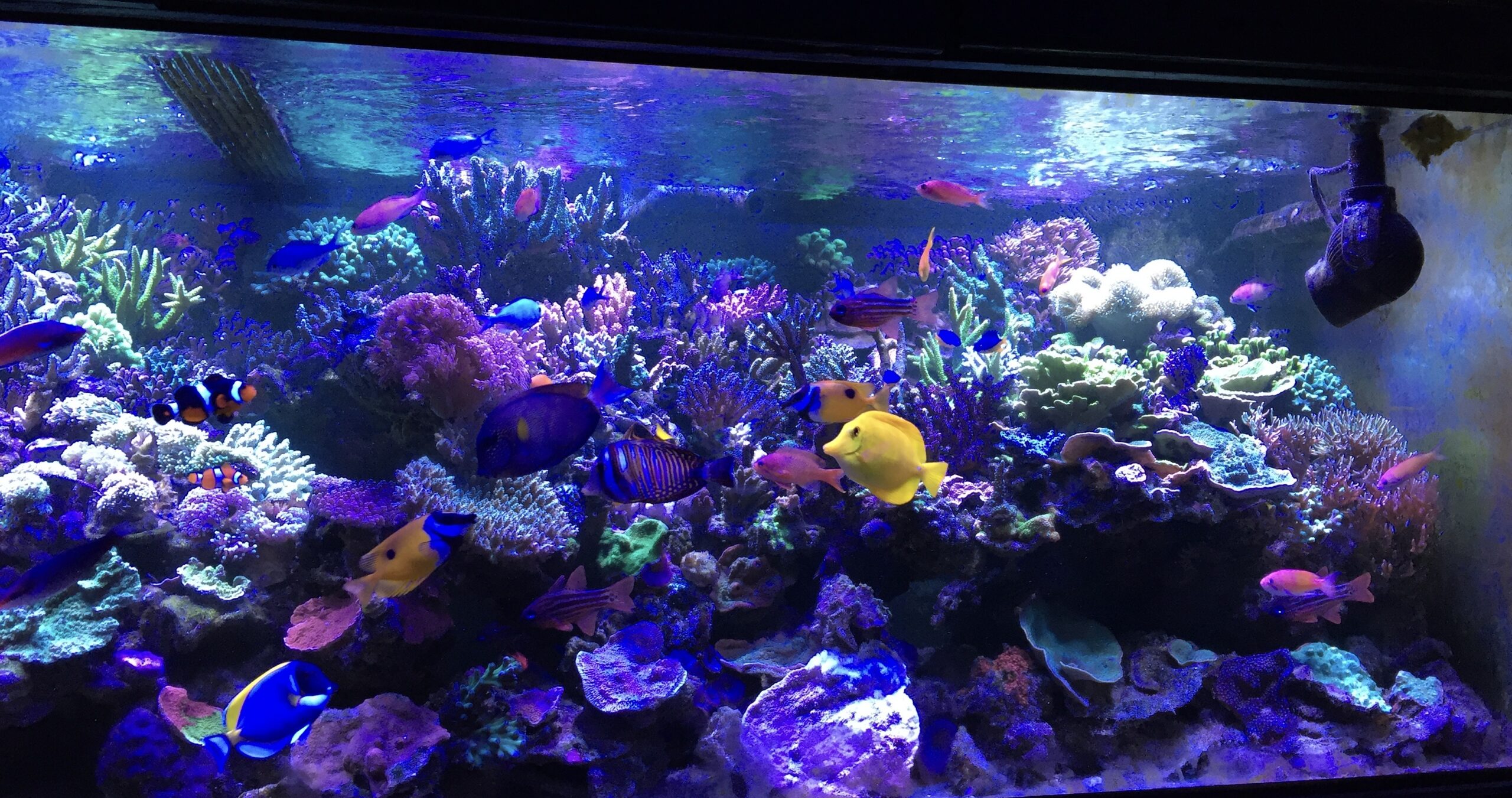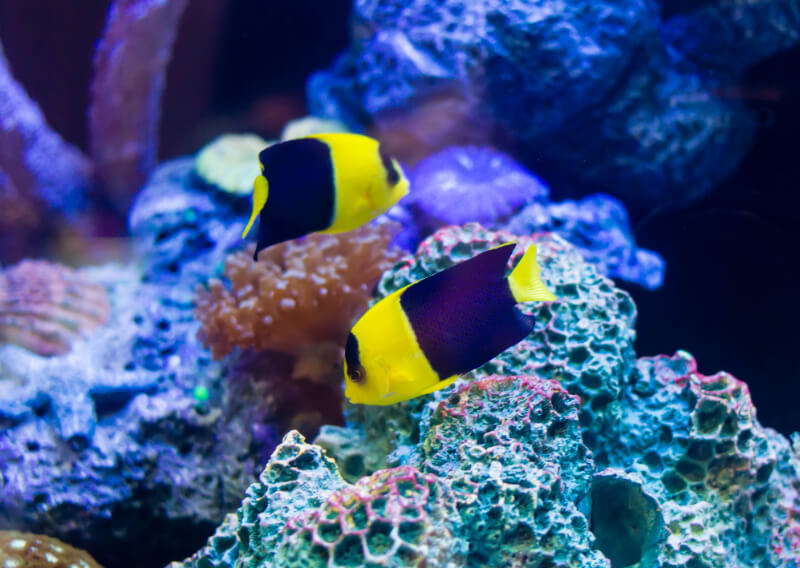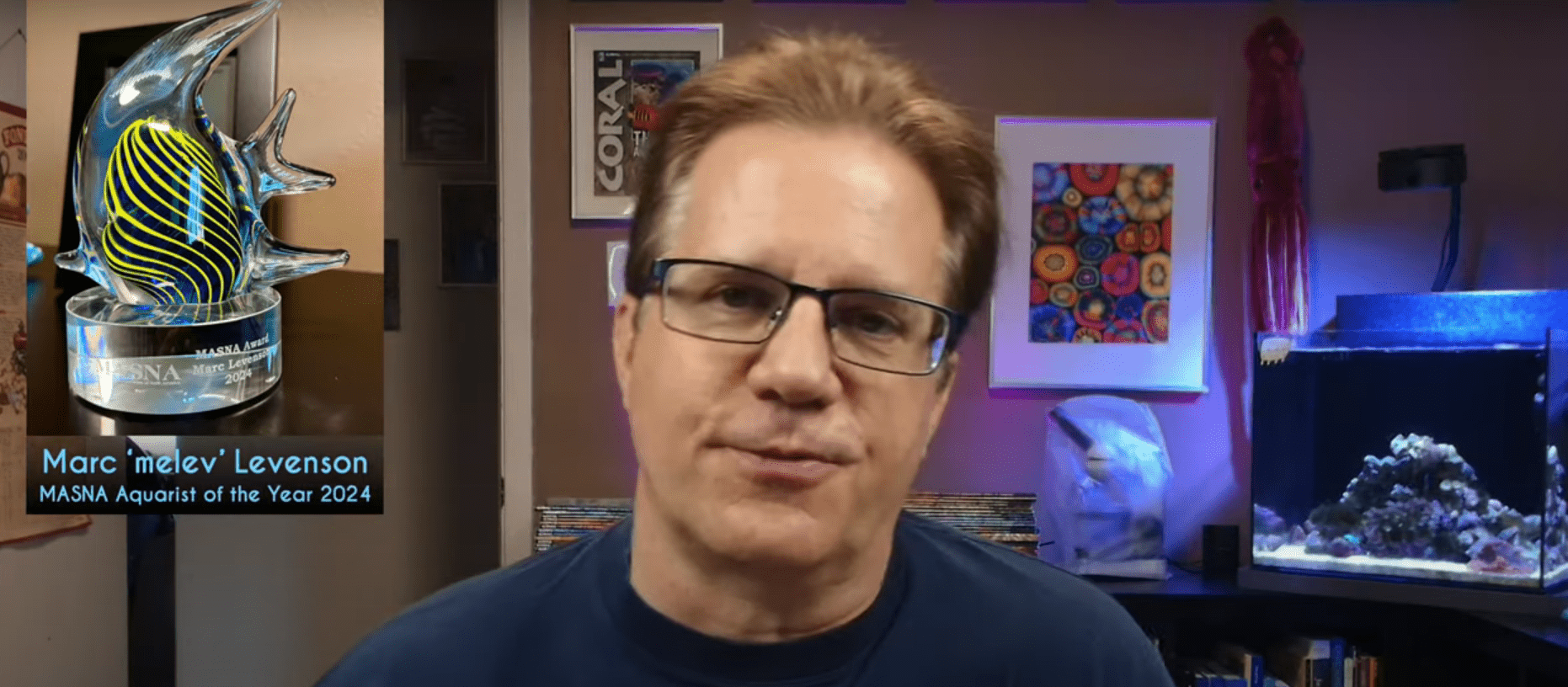Over the course of the last forty years, many changes have taken place that have made the hobby better. Looking back, it is safe to say that while all of these changes seem large now, they were all done incrementally, whether it was switching from trickle filters to protein skimmers, metal halide lighting to LEDs, or even from soft coral-dominated tanks to sps, in each instance the change occurred gradually. As a result of these changes fish and corals that were once considered impossible to keep are now not only being kept successfully, but in many cases reproducing in captivity.
Because of the knowledge that we have gained and that is shared, we all have a baseline from which to start. That is, if you want to start a reef tank today, all that is needed is to read up on how to set it up and follow the instructions, and for most, this will result in a successful tank. However, as has been my experience, and from talking to many other hobbyists, frequently this is not enough as we all for whatever reason seem to constantly strive for something a little better. Often it is better coloration, but it can also include faster growth, a wider or larger variety of corals or fish, or simply we get bored and need to do something to test the limits of our knowledge and the tolerance of our tank for change.
For good or for bad this “incrementalism” as I call it, is a big part of the hobby. While most of the major innovations in the hobby have already occurred, many of us are still constantly tinkering with our tanks in an attempt to improve what most would view as perfection. While most hobbyists accept the idiom that nothing good ever happens fast in a reef tank, good things only happen slowly, and many still succumb to trying to speed things up in their tanks.
Since time is one aspect of this hobby over which we have no control, we try to manipulate the other aspects of our tanks that we do have some control over to make our tanks better or more successful. Over the years I have seen many fads come and go as the “next big thing in the hobby” from trickle filters to plenums, magnets, or deep sand beds and even filters that were touted as never needing to be cleaned, as well as virtually every type of lighting and supplement imaginable.
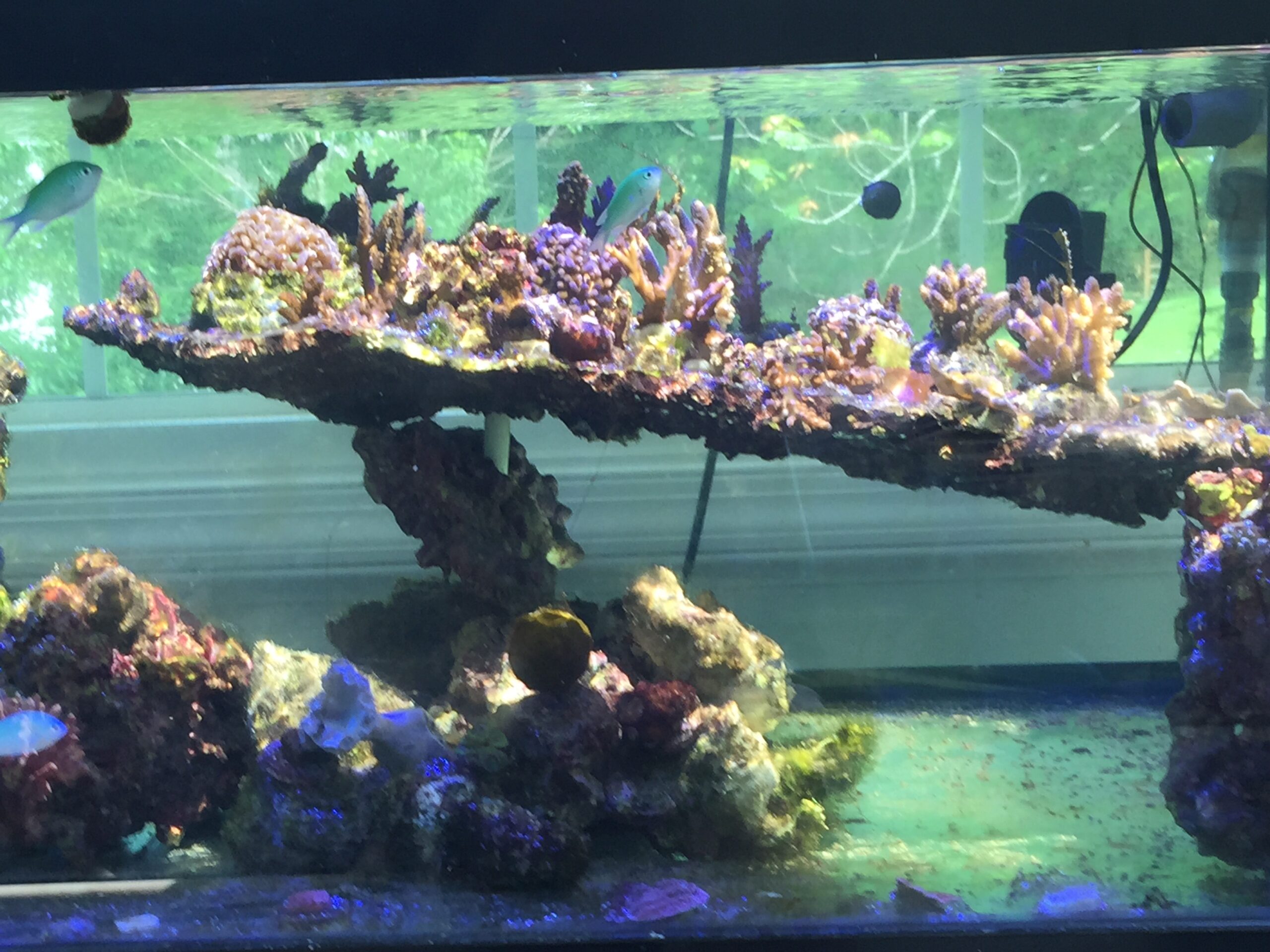
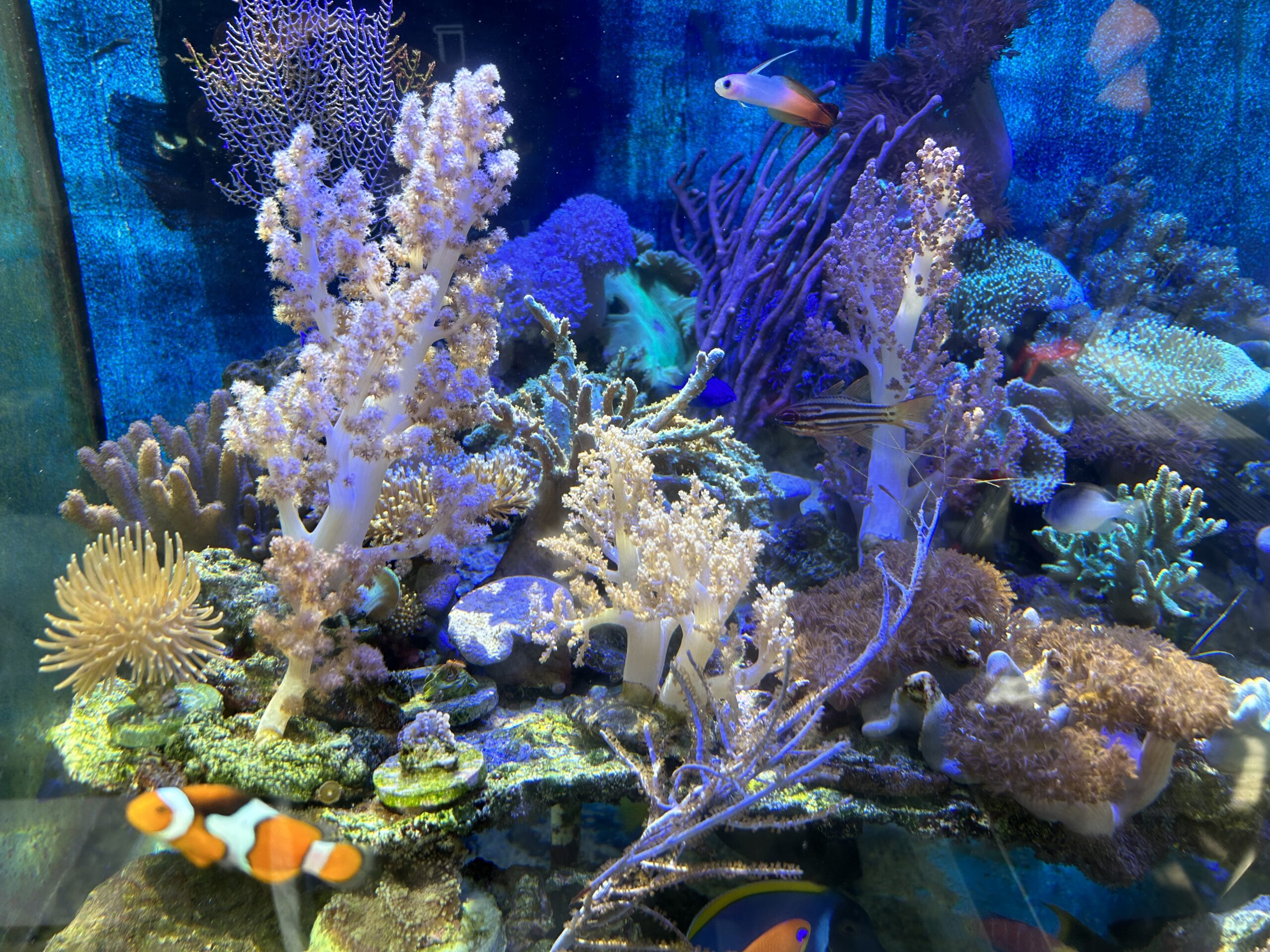
No single ‘perfect” way
Almost every one of these had someone who championed their use and touted how it either made their tank better, corals healthier or more colorful, or their life easier and some even claimed to see amazing results overnight. Few of these fads did improve things, but most failed, what they did contribute was to show that there are literally an unlimited number of ways a tank can be set up and maintained and be successful. If there was one “perfect” way, we would all be doing it and there would be no discussions or arguments as to the best or proper way that a tank should be done. I should note that I have been a tinkerer since I started in this hobby almost forty years ago and while it is one aspect that has kept me interested in the hobby, looking back I now know it was probably not the best way to do things.
Since we are currently at a level of success in the hobby that was once deemed impossible, I now observe others and do experiments on my own in the hopes of seeing how my tanks might incrementally improve. Making small changes, rather than the sweeping ones as we did in the past is probably a good thing as long as we understand that doing them is not going to result in a monumental change in our tank or its inhabitants and at best may only slightly improve things.
Making small changes like adding a new supplement or feeding the corals more often or a new food or changing the lighting schedule or intensity are examples of incrementalism that I most often see and that are for the most part harmless.
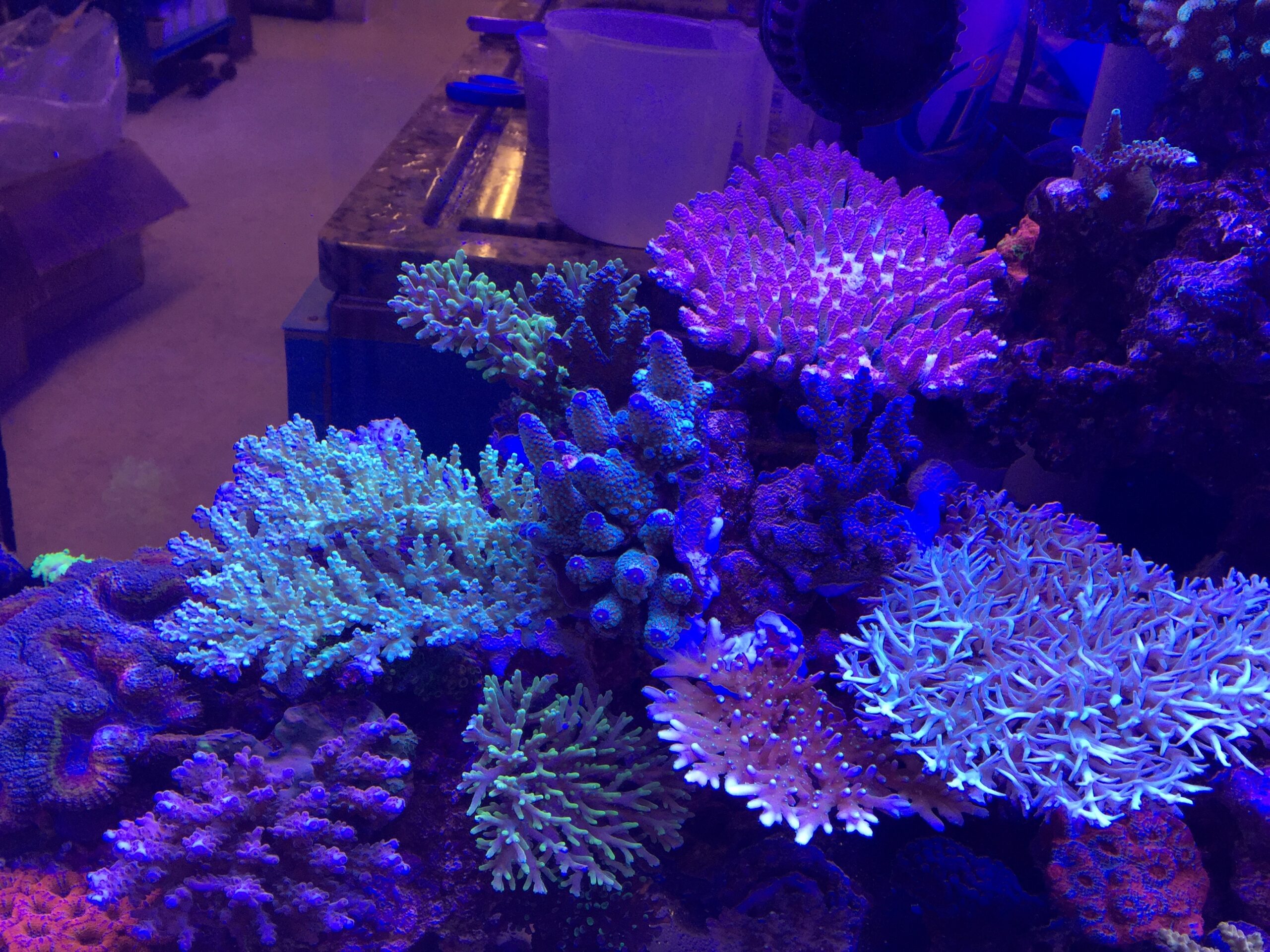
Conversely, I still see some make larger changes, when something bad occurs, even when this is relatively small. For example, a tank may be stable and doing well for a long period of time with all of the fish and corals thriving and doing well. Then when a coral or two bleaches or dies, for seemingly no apparent reason panic sets in, everything is tested, more frequent or larger water changes are undertaken, changes to the supplements or lighting schedule are made, and while all of these are incremental changes, they all add up and cause a large enough change to upset the balance of the tank.
Sadly, these kinds of multiple incremental changes due to a perceived problem are done all the time even when all of the other corals and fish were doing fine, but we make these changes without fully understanding what happened as the deaths could have been due to damage from a neighboring coral or simply that not all corals thrive in the same environment. More importantly, we do not understand what the consequences are of making all of these changes at once, even though they may seem small, as they may produce both short-term and long-term effects on the tank.
I have done this when I have lost corals and I have seen others do it too. The last time I started doing it a friend of mine while witnessing this told me to sit back, assess things thoroughly, try to figure out what happened as best I could, and then make up a plan of attack and go slowly, lest I reverse all of the benefits my tank had gotten by making small incremental improvements over time. This was some of the best advice I had received in a long time.
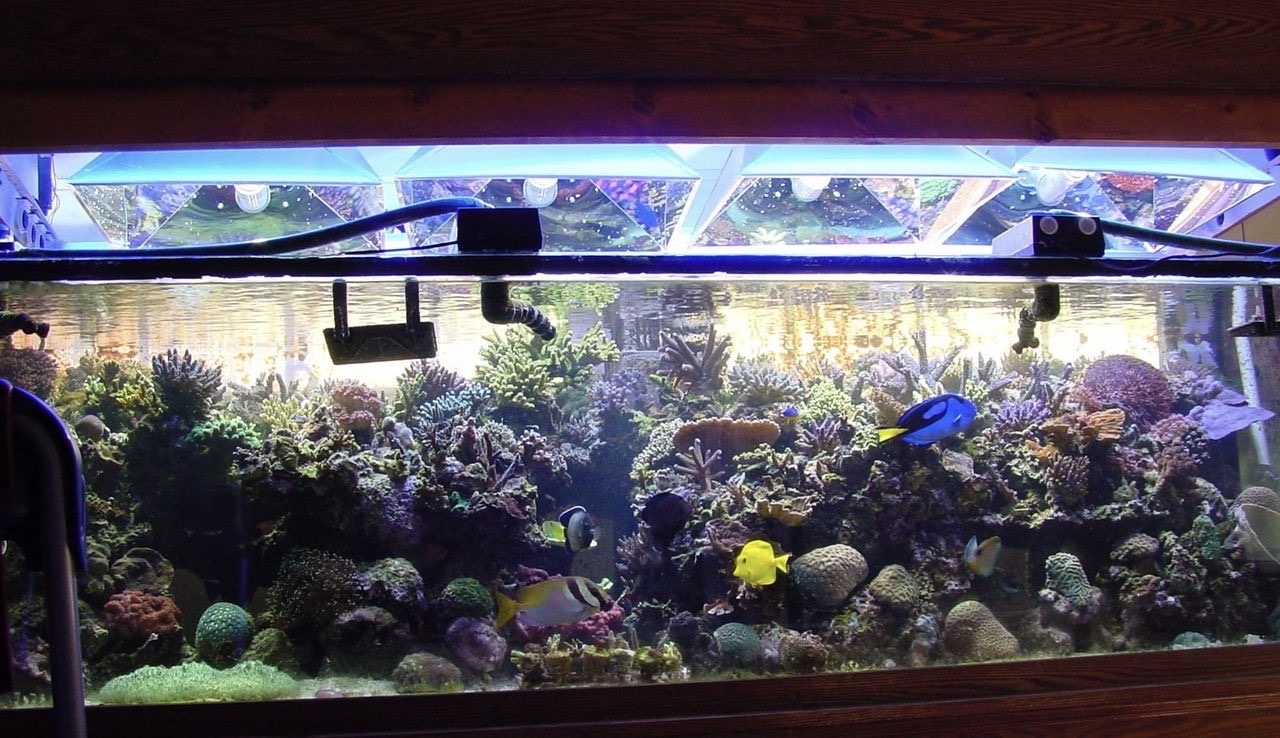
Even if things are going well in our tanks, many of us still feel inclined to make changes more often than necessary. Why? First, and I include myself in this group, we feel our tanks are not where we want them to be, especially if we spend a lot of time online looking at other’s tanks, so we keep making changes thinking that these small changes will result in big improvements in our tanks. Or just as often we simply get bored looking at our tank and make changes to for lack of a better term, keep ourselves entertained by making changes.
While this is a big reason for many of us, there are also several other reasons why we feel the need to constantly make changes. One of these is that changing something may save us time. This is a big one, in that if you have a lot of tanks or even just one since free time is always at a premium, we are all always looking for a way to save time so we can enjoy this free time. If you can find something that you can do to your tank that will save you time, even if it’s only a few minutes a day or week, you may make a small change.
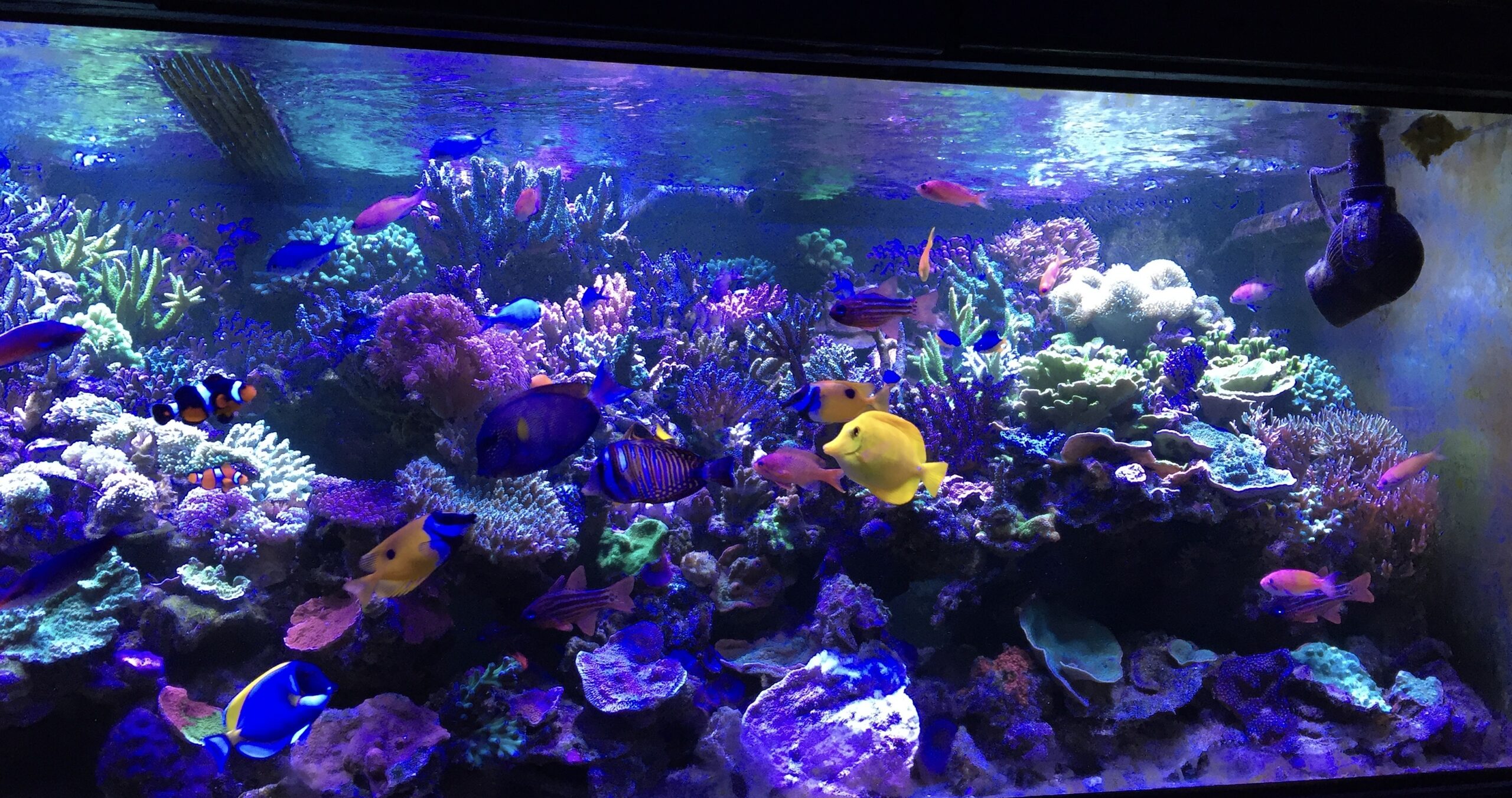
Similarly, we also make these changes if we think making them will save us money. And let’s face it, this is not an inexpensive hobby to be involved in. When there is money to be saved by making a change most of us will do it. I believe that many of us, have a budget in our heads as to what we can or plan on spending on our tanks over a given time frame. Then if we make a change and it saves us X, we simply shift our budget over and spend that X on something else hobby-related like a new fish or coral or new piece of equipment we had our eye on. I am still waiting to see that X that I saved go into my bank account and I also doubt that many other hobbyists have a special account full of Xs that they saved in the hobby.
Another reason that we make incremental changes is that we do so as we want to make things “better”. This reason changes over time, but it often starts out that we do so in order to make our corals grow faster. Since many of us start our tanks with frags, having an empty-looking tank that is just full of small frags can be distressing. So in order to get it to fill in faster we make changes that we think will increase the growth in our corals. We feed the corals or add nutrients or increase the lighting or flow or whatever after reading or seeing how someone got increased growth by making this change.
While making some of these changes may increase the growth, to be honest, I have not seen anything increase the growth of my corals exponentially in a short time as much as keeping things stable and providing optimal flow, lighting, and nutrients. It also needs to be understood that some corals simply grow faster than other corals. So over time, I have come to realize that the biggest increase in growth also came from the corals that grew the fastest before changes were made. I could never get a Purple Monster to grow as fast as a Green Bali Slimer regardless of any changes made. We need to realize that some corals simply grow significantly faster than other corals and there is little we can do to change that.
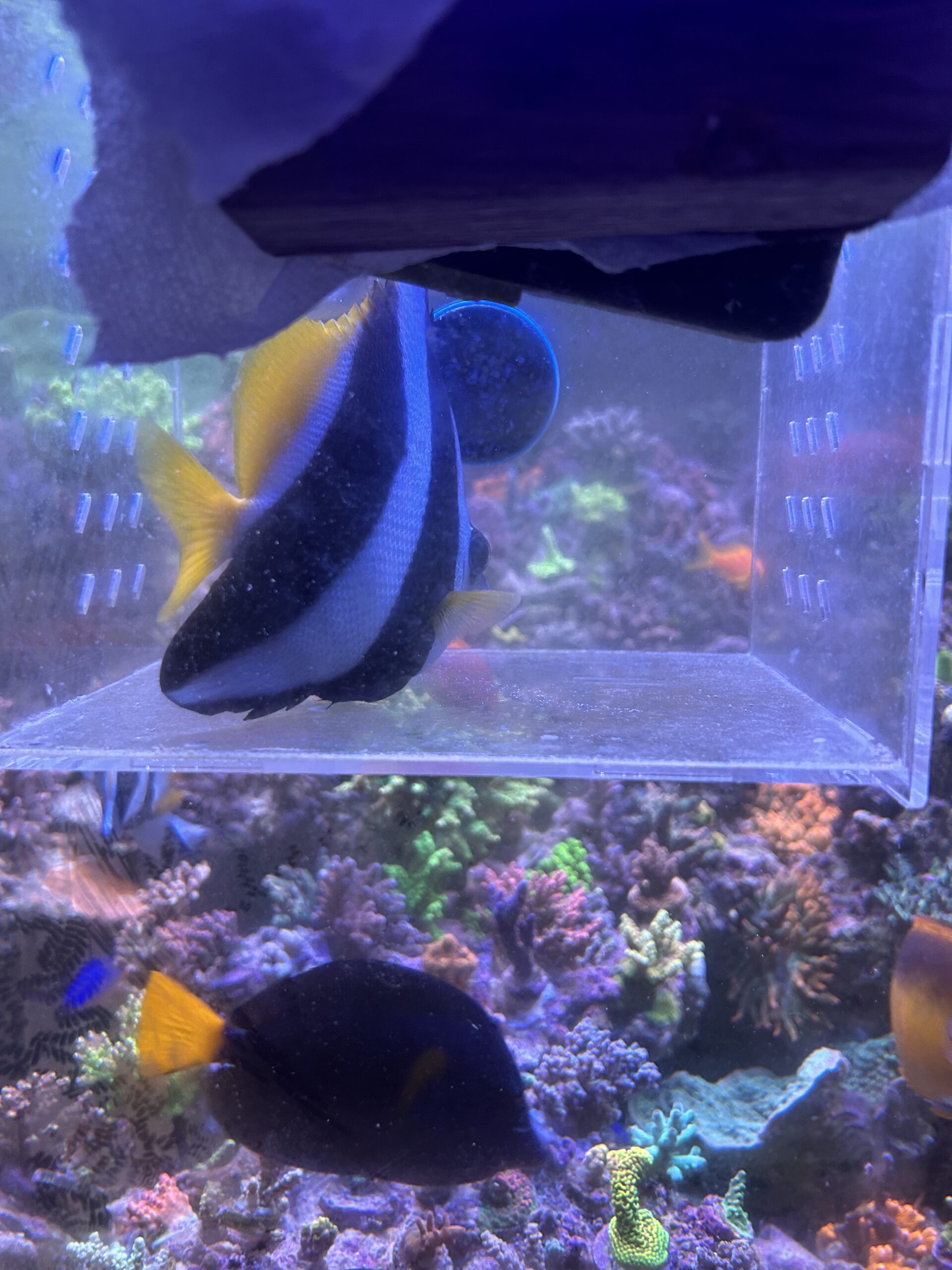
Along with faster growth, the other main reason we often make small changes in what we do is to improve the colors of our corals. While this is well known in sps corals, I have also seen some LPS corals like Acans and other LPS corals change colors when things such as lighting or nutrient levels were changed as well. For many of us, there is seemingly a constant need to tinker with everything from alkalinity trace elements to nutrient levels in an attempt to get the colors of our corals to be as spectacular as possible or to match the often super-saturated pictures of corals we see online.
After sharing frags with many other hobbyists over the years I have finally come to the realization that even when we think the conditions in our tanks are fairly comparable to those of one another’s tanks, corals can have significantly different colors after they have grown into colonies in stable conditions in a different tank. As a result, I have quit making changes in my tanks in order to get a coral to look like what a coral looked like in someone else’s tank. Instead, I am now content to enjoy what a coral looks like in my tank, even if it does not match the crazy colors I have seen online or in a friend’s tank. For this reason, I no longer make changes in what I am doing to try and “match” the coloration the coral shows in another tank. It should also be noted that making small changes in a coral’s position in a tank can have a significant effect.
Some of the brightest-colored corals may not show their optimal coloration when they are moved from a spot where they looked their best and this diminution in color can occur when the coral has been moved by as little as a couple of inches. Many corals will also slow their growth rate if they are constantly moved around. For me, when I move a coral I assume it will take at least two to three months for it to start having optimal growth once it has been moved. For these reasons, once a coral has found a “sweet spot” in my tanks I consider small changes to be harmful rather than beneficial in most instances.
Incrementally trying to make things better has long been a part of the hobby. And in many instances, it can help make a tank more successful and keep the corals healthy. But making changes just to make changes should be avoided. As someone who loves to experiment and see what making a change will do I have now come to the realization that often the best way of making things better is to keep things from changing.
